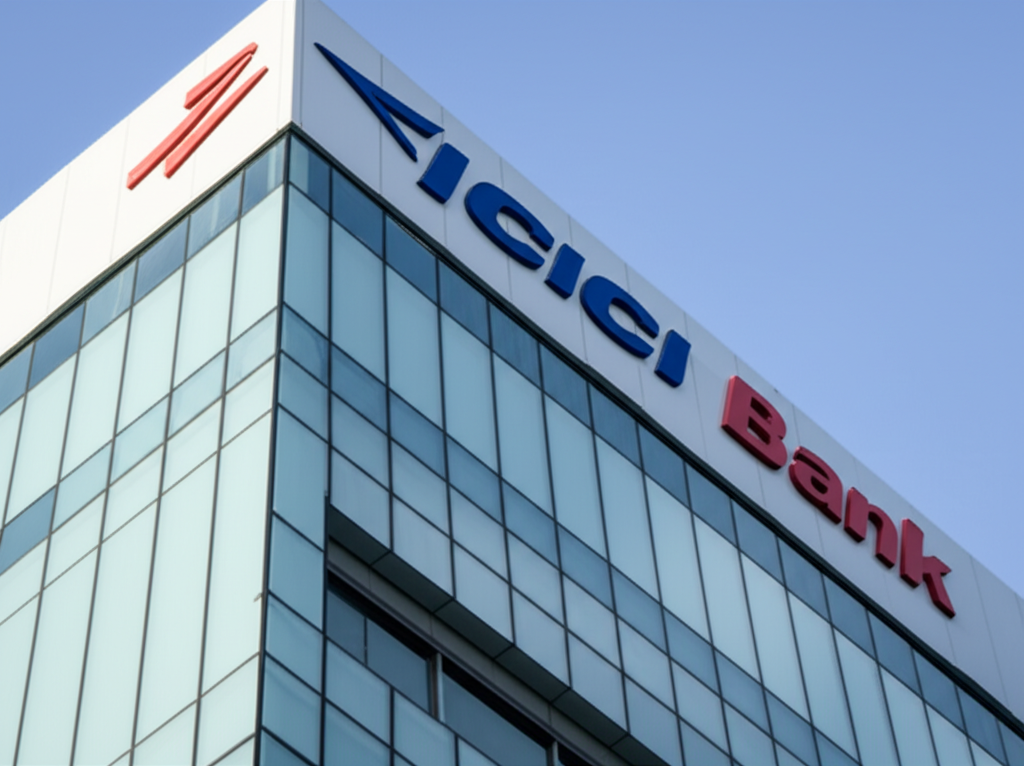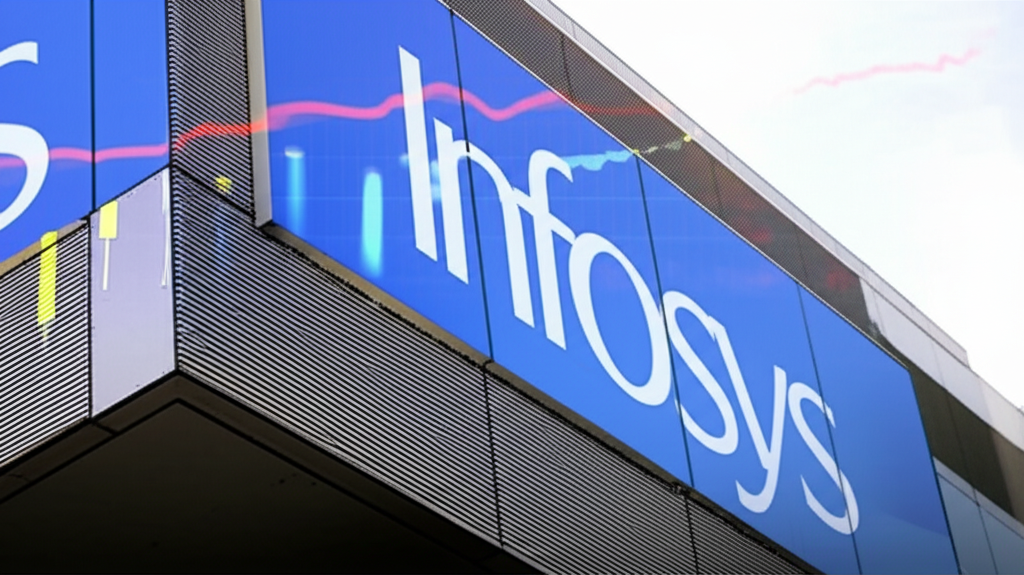A spate of investor caution in the face of rising global uncertainty has led to a significant cash market slump, which, in October, touched its seven-month low. The combined average daily turnover in the cash market of BSE and NSE has shrunk to ₹1.15 lakh crore, down 12.5% from the previous month. This is the steepest fall since March 2024, reflecting a change in investor mood, and both short-term and long-term investors have been hesitant due to high volatility and valuation concerns.
Cash Market Turnover: Declining Trend
Cash market turnover has declined for the fourth consecutive month during October. Analysts are attributing it to the risk aversion of investors as a whole, mainly caused by increasing global economic uncertainties and elevated volatility. Shrey Jain, founder & CEO, of SAS Online, a discount broking firm, attributes the woes to high valuations, coupled with a consistent sell-off by foreign investors, which has changed the sentiment. This makes many of them sit in a wait-and-watch mode, refraining from investment.
Why Investors Are Not So Cheerful?
Multiple factors have led to declining investor sentiment:
- Foreign Investor Selling: There has been consistent foreign investor selling that has put downward pressure on the Indian markets. The resultant reduced turnover has been due to a lack of comfort from local investors.
- Geopolitical Tensions: Geopolitical issues continue to simmer in the background, and most people are not keen to actively trade in this uncertain scenario.
- Earnings Slowdown: Earnings growth in large-cap stocks has been slowing down, and it is adding to the cautious stance. The earnings season has not come through with the kind of numbers that investors were looking for, and it is building on the pessimism.
Benchmark indices Sensex and Nifty are currently off over 8 per cent from their recent highs; BSE MidCap and SmallCap have declined by more than 9 per cent. This has increased the risk-averse behaviour among investors
Cash Market vs. Derivatives Market: A Shift in Focus?
While cash market volumes eased, the combined daily turnover in futures and options for the two exchanges saw a mild pick-up to ₹409.19 lakh crore. The segment has had its fair share of mixed trends. Index options saw increasing volumes, while index and stock futures, along with stock options, reported an easing.
Jathin Kaithavalappil of Choice Broking said it is all because of regulatory measures in the last three months to curb speculative trading through SEBI. “They started making wider and well-hedged positions through index options rather than on high-risk individual bets that were placed on shares through F&O segment trading,” Kaithavalappil explains. He continues, “This new regulatory environment puts investors to less speculative instruments, thereby reflecting a cautious market stance.”.
Regulatory Measures by SEBI and Their Effects
The Securities and Exchange Board of India recently adopted a six-step regulatory framework that will reduce speculative trading in the F&O segment, thus protecting retail investors. The main measures are as follows:
- Increase minimum contract size
- Raise upfront margin requirements on option
- Strictly enforce delivery rules for some trades
These factors effectively restrict F&O volumes as traders realign strategies based on the heightened margin requirements and delivery obligations. The end result is the decline of speculative activities to a more secure approach by investors in their effort to grapple with the risk associated with this risky market environment.
Market Outlook As Viewed by Analysts
Cash market trading volumes continue falling down, and analysts still await signs of revival. Since less than 10% of the current market participants are long-term investors, it is concentrated among short-term traders, which makes unlikely the recovery of cash market volumes anytime soon.
This was informed by Sreeram Ramdas, Vice President at Green Portfolio PMS that attention is slowly shifting to other Asian economies such as China, Japan, and South Korea. Investors who have been experiencing rising uncertainty are looking for new places to invest.
The Indian economy has performed well during the emerging market period but global shifts and valuation worries may force investors to shift away.
Key Takeaways and Future Outlook
This reflects caution and restraint within the Indian investor. The conjuncture of several factors – valuation apprehensions, foreign outflows, regulatory changes, and global uncertainties – merits the apprehension that this trend could continue until the market landscape obtains greater clarity. Current scenario and potential outlook:
- Market Correction: The fall in turnover shows fear as major indices are in correction territory and an overall bearish trend within sectors.
- Regulation by SEBI: New rules by SEBI in terms of F&O are adjusting the trading patterns and have resulted in wider index options instead of individual options.
- Overall Economic Scenario-Globally: Geopolitical issues along with the US elections will continue to affect investor psychology.
- Search for Alternatives: As investors in other emerging markets look for alternative sources, India’s equity market will need another catalyst to gain momentum.
Conclusion:
Indian stock market is in a reflective mode as investors take a more conservative approach and weigh risks and uncertainties. Cash market turnover will continue to be beleaguered in the near term, unless triggers like stronger earnings, more clarity on the global front, or easing regulations come along and shift the sentiment. In the meanwhile, trading behaviour will likely focus on strategic investments in safer and broader index options.















0 Comments